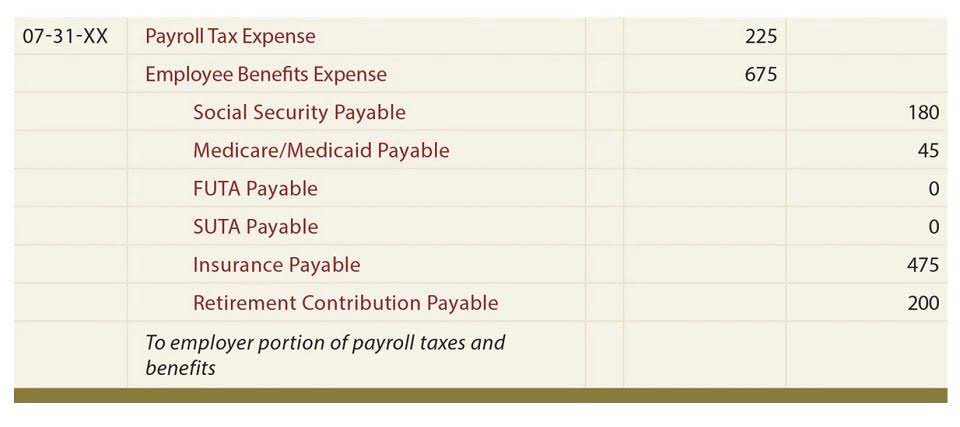In the world of accounting, costs need to be verified so that books can be balanced. When using the Online Accounting cost principle, costs are verified by their entries on the books. These entries are normally accompanied by a document, like a receipt or an invoice.
Cost Concept of Accounting Features, Advantages and Limitations
- Cost accounting ignores those trends and instead values assets based on rigid cost principles.
- The historical cost principle provides an objective and reliable basis for valuing assets and liabilities in a company’s financial statements.
- Assuming that inflation levels across the region have doubled over the recent years, the property investments are not worth anything close to what Julius spent on acquisition.
- The asset’s reported value declines throughout its useful life due to this depreciation expense.
- This method ensures that expenses are matched with revenues generated by the asset, adhering to the matching principle in accounting.
- The matching principle requires that the costs are treated immediately as an expense in the current accounting period.
However, if the company plans to hold onto the building for many years, this may real estate cash flow not accurately reflect its true value to the company. The cost principle has played a central role in accounting for centuries. While it has evolved over time, it remains a key convention used by companies to report their financial position. However, the principle has also been subject to criticism, and some experts have proposed alternative valuation methods.
Revaluation of property, plant, and equipment – Exceptions to the Historical Cost Principle
One of the biggest drawbacks of cost accounting is that it ignores established long-term pricing trends for many large assets, including real estate. Because of inflation and other factors, the prices of many assets change over time in predictable ways. Cost accounting ignores those trends and instead values assets based on rigid cost principles. While this process can produce short-term tax benefits for your business, it can lead to significant misalignments between your firm’s balance sheet and market prices in the long run. Instead, its value should get changed in each accounting period as per market value. The cost principle requires you to initially record an asset, liability, or equity investment at its original acquisition cost.
Cost Accounting: Principles, Methods, and Decision-Making Tools
- As the name implies, the value changes based on the current market conditions.
- As a result, it differs from the fair market, reflecting the asset’s current value.
- Because the cost principle is commonly used, and often required, most accounting software enables it.
- This accounting treatment is also less affected by accounting assumptions.
- The matching principle and the revenue recognition principle both guide accurate financial reporting, but they differ fundamentally.
The cost principle is simple and consistent, but can sometimes lead to inaccuracies in financial statements. Cost Principle states that an asset should always be recorded at the original buying price or cost and not the perceived value. Therefore, any changes in the asset’s market value should not affect how they are represented on the balance sheet. Sometimes, like with marketing costs or the depreciation of an office building, it’s tough to pinpoint exactly how they drive revenue over time. Applying the matching principle in such cases requires assumptions and estimations, which can open the door to inaccuracies and subjective judgment calls.
While there are exceptions to the rule, the Cost Principle is a fundamental concept that is used in many different areas of accounting. As businesses strive to remain competitive, avoiding misrepresentation through accurate cash accounting entries becomes paramount. This consistency is important because it allows investors and analysts to compare financial statements across different periods and companies.
This is a cost principle practical method of accounting when considering depreciation and its effects on the business. It allows the value of an asset to remain the same over its useful life. The cost principle is more important to a company for historical purposes. This is because the price you purchased an asset at may not be the fair market value to another person.
Historical Cost vs. Fair Value
It is assumed that the majority of business owners know what their assets are. However, to be thorough, it is important to state that assets are anything of value owned by a business. Because assets are an essential part of business, it is important that their value is recorded and reported accurately. Fair value, also known as mark-to-market practice, fluctuates per market change. The asset’s market value represents the amount of cash flow that could be generated in the future through prospective sales. Therefore, the original price of an item can be used to measure and evaluate its market performance.
When you don’t take those fluctuations into account, a business’s financial position is difficult to assess. A business using the cost principle may have far less worth thanks to depreciated machinery. It may be worth far more, too, if assets have risen in value significantly. If your business is looking for investors or lenders, a consistent balance sheet is important. When you don’t adopt the cost principle, your assets may be subject to volatile market conditions. This means that the overall value of your business will rise and fall.
Meanwhile, the going concern principle presumes that the business will continue its operations for the foreseeable future, validating the use of historical costs over liquidation values. The balance between historical cost reliability and the need for market relevance continues to be an area of dynamic discussion in accounting standards. Despite its widespread use, the historical cost principle is not without its detractors. One of the primary criticisms is that it can lead to outdated and potentially misleading financial information.






